They were once a common household pest but were eliminated at a large scale, but the same pests – bed bugs have made a shocking comeback in the 21st century. Even though the issue is not as widespread as it was a century ago, if you have ever dealt with bed bugs, you are aware of the importance of home remedies to make your home pest-free without using any harsh chemicals.
Baking Soda
Scattering baking soda all over the infested area where bed bugs are gathering can help wipe out the pests, all because of the antimicrobial and drying properties of the product. One of the ways involves sprinkling the powder and letting it stay for a couple of days. Next, vacuum it up and reapply fresh baking soda.
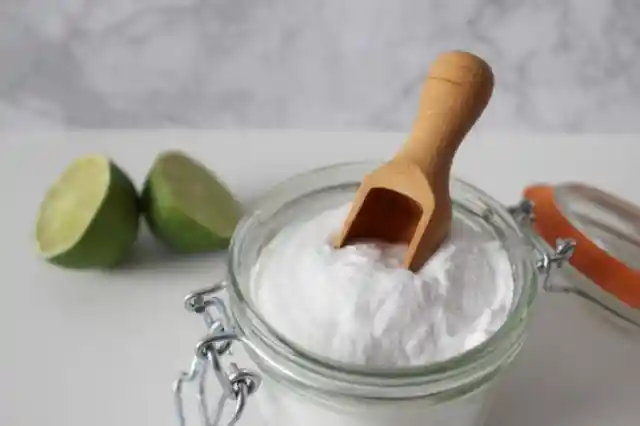
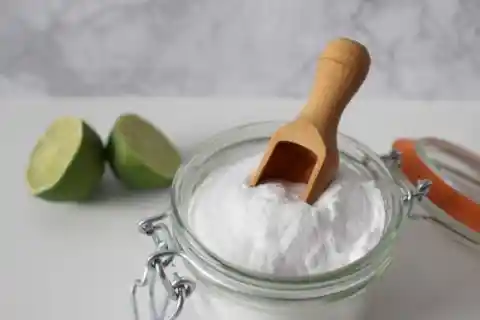
The Hair Dryer Method
Bed bugs cannot endure high temperatures. One safe and probably effective method to free your home from the pests is to attack with a blow-dryer that’s set at its highest level and move it back and forth for almost 30 minutes over the infested region. High heat can help get rid of mature bugs and even their eggs present there, which you can later vacuum up.
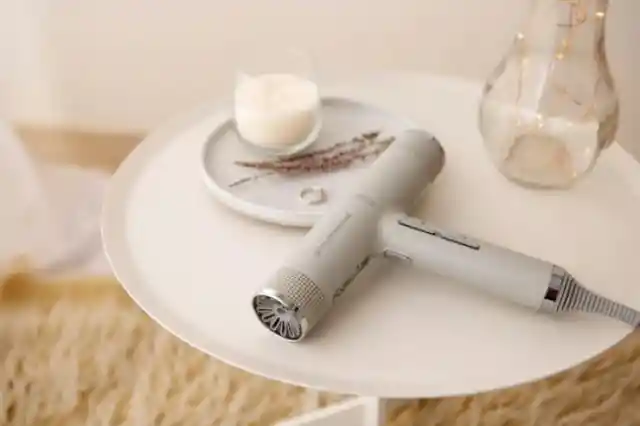
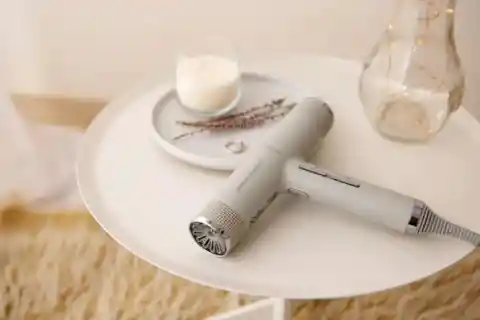
Using Vacuum Cleaner On Bed Bugs
Apart from using the vacuum cleaner to clean the scattered baking powder and dead bed bugs, passing the appliance over the seams of the mattresses, carpets, bedding, and all other areas that might be infested can suck up and withdraw live bugs too. Don’t forget to clear the vacuum cleaner bag and thoroughly wash all the attachments with detergent later, to make sure that the pests don’t creep in again.

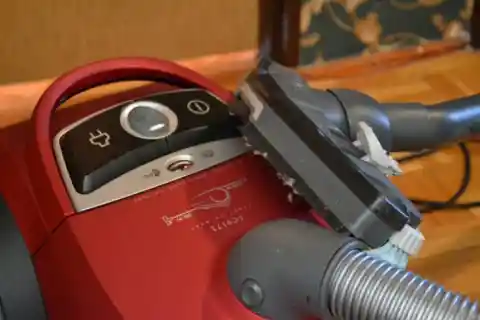
Tape Trap For Bed Bugs
A regular double-sided tape roll can help while fighting against bed bugs. Placing the tape as a boundary might keep the bugs at bay as they’ll stay out of that enclosed region and it will also trap the ones that try to cross the perimeter. This method might be a useful way, but it will not be effective in killing the bugs or reducing their population significantly.
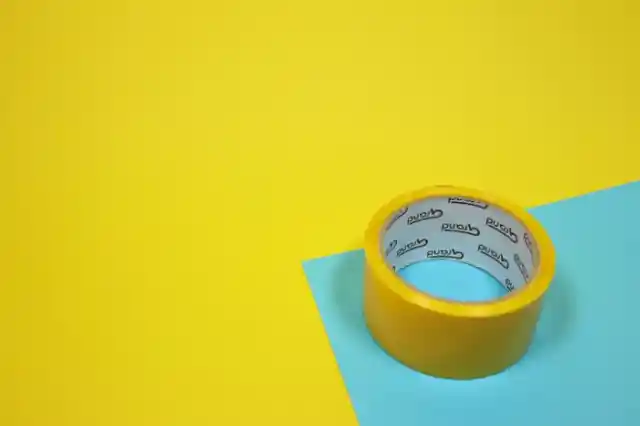
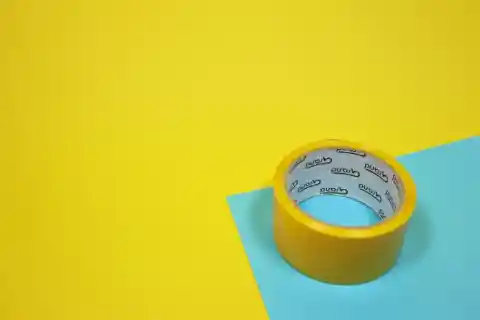
Diatomaceous Earth
Diatomaceous earth is not something that most people have at home and this is what makes it different from the rest of the home remedies for bed bugs. Pet owners might keep this to repel fleas. If you choose this method, scatter the powder around the infested regions, including all the cracks and crevices where bed bugs feel like home; within two weeks, it should eliminate most of the bed bugs as it has the power to suck moisture from their carapaces and make them dry.
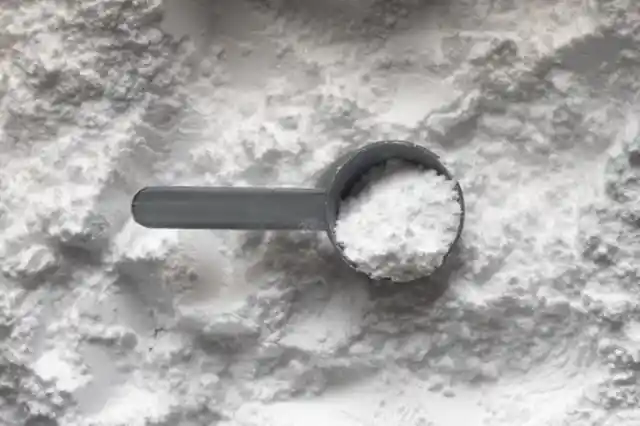
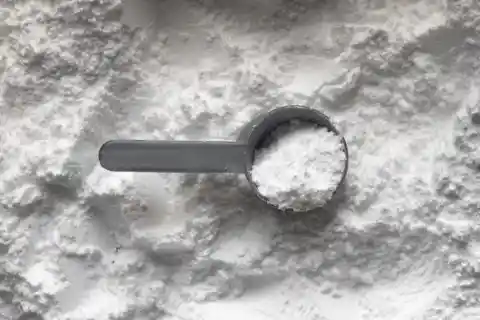
Wash Your Bedding
Another method that can be implemented with more permanent ways is to wash and clean all your bedding with extremely hot water and let them dry in high heat. While your linens are in wash, it is an ideal time to try the blow-dryer or vacuum techniques, and when you are remaking your bed, you may spread baking soda or another useful product for a three-pronged approach. Also, just ensure that your bedding is safe in hot water before you execute this method.
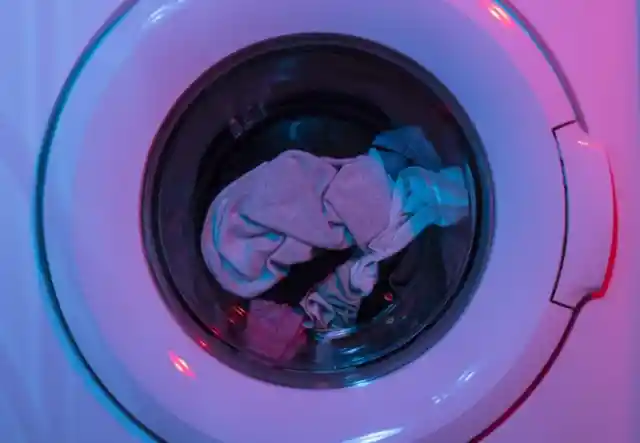
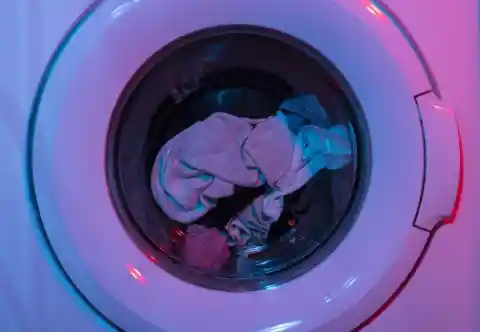
The Cayenne Pepper Remedy
The majority of people have cayenne pepper stored on their kitchen shelves or in the cupboards. Add a tablespoon of cayenne, grated ginger, and oregano to a spray bottle and fill it with water. Shake the mixture properly (or you can also boil all these ingredients together) and spray this homemade repellent over the infested areas. Bed bugs are reportedly unable to breathe in that smell and will possibly stay away.


Cloves Against Bed Bugs
Evidently, bed bugs cannot deal with the acidic properties and the strong odor of clove oil. Take one teaspoon of the oil and mix it in a cup of water for making another spray repellent. Spritz bedding, mattresses, and all infested locations to keep these pests at bay.
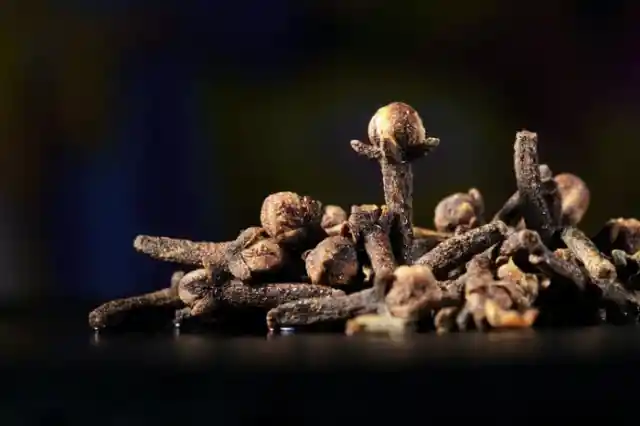
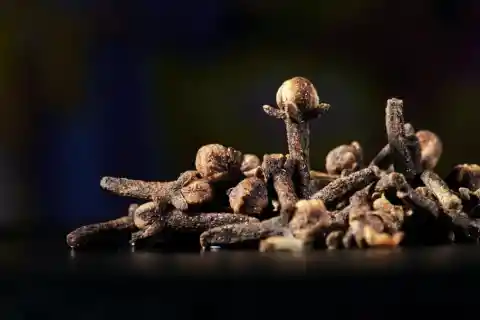
Dry Mint Leaves
Apparently, bed bugs are not fond of many smells that humans usually find pleasant, and one of those is mint. Spreading dried mint leaves between mattresses and on the regions where bed bugs are accumulating can make them go away. Just like baking soda, vacuum up the old leaves and sprinkle new ones every few days.
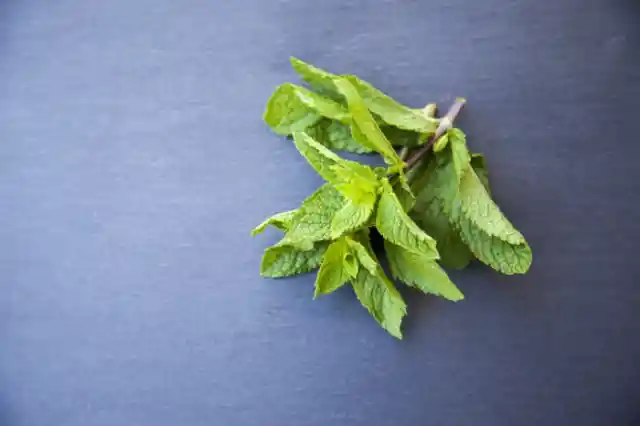

Exposure To Cool Temperature
Similar to high heat killing bed bugs, cold can do that too. Try putting the infested bedding in the freeze for almost four days to wipe out the bugs. This might not be an entirely practical solution, since it demands a lot of empty freezer space and putting bugs in the close vicinity of your food items. The other drawback of this technique is that the bed bugs make their home on and around the mattress too, which may not fit in your freezer.
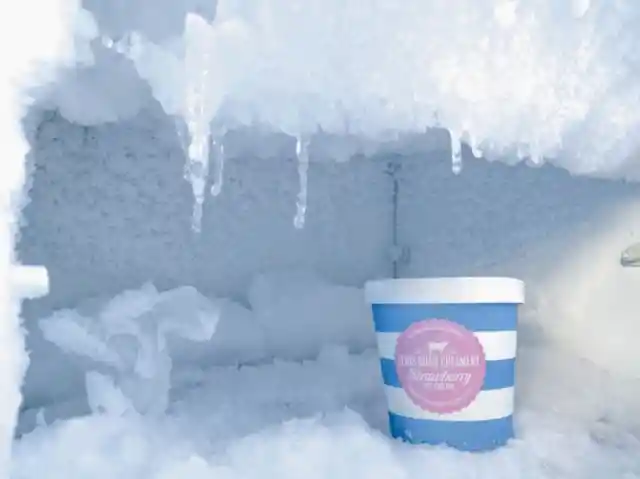
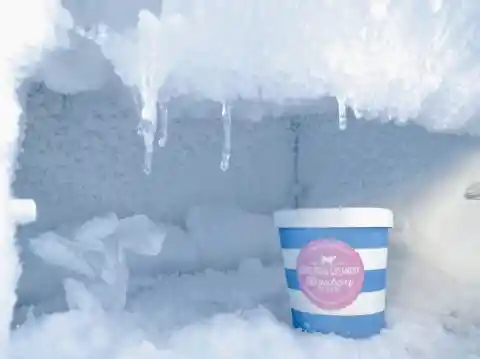
Placing Mothballs
Mothballs can be helpful in controlling bed bugs in either of these two ways: by repelling or killing those pests. A few people place mothballs beneath or around the bed and even between the mattress and box spring. Some studies have shown that this trick is not much effective as compared to others, particularly in houses where large infestations exist.
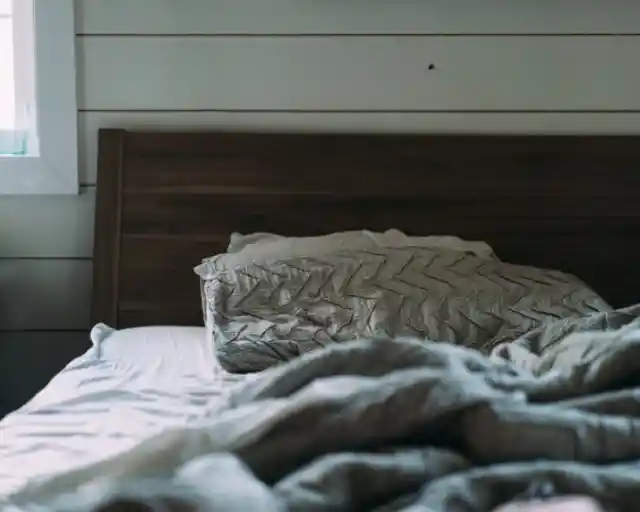
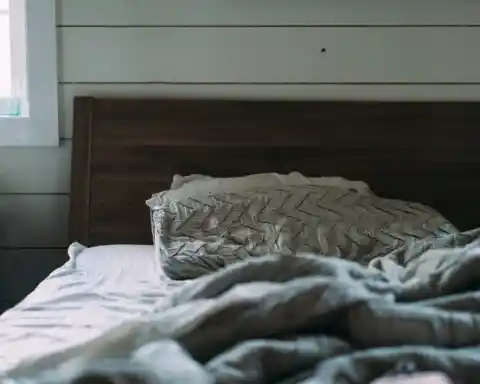
Dryer Sheets To The Rescue
Utilizing dryer sheets can help you keep the bed bugs at bay, but this method won’t actually kill them. This technique works wonders when plenty of sheets are stuffed between the mattress and box spring, underneath the sheets, and on the backside of the headboard. It will be a good decision to stuff sheets in more spaces including cabinets, inside the pillowcases, and drawers.
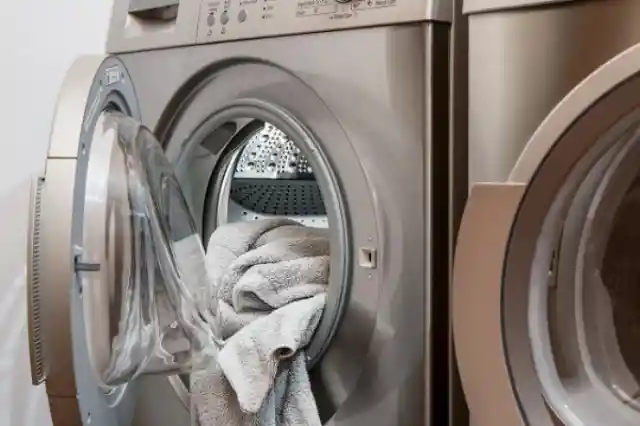
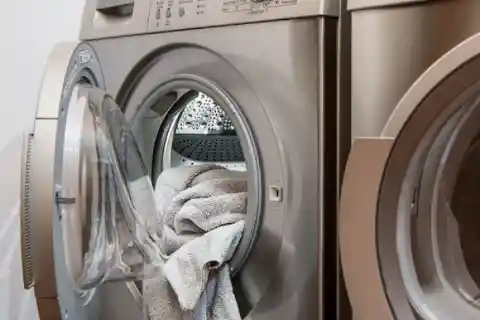
Rubbing Alcohol
Rubbing alcohol is yet another famous home remedy for dealing with bed bugs, however, it won’t win against large infestations. Killing adult bed bugs and their eggs indicates the need to spray alcohol directly on them, which is difficult as they hide in tiny cracks and crevices. An effective way to use rubbing alcohol is to spritz it on all the clothing and household objects before bagging and washing them.
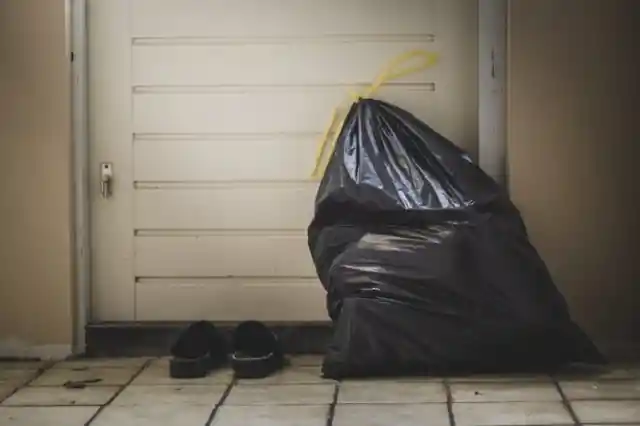
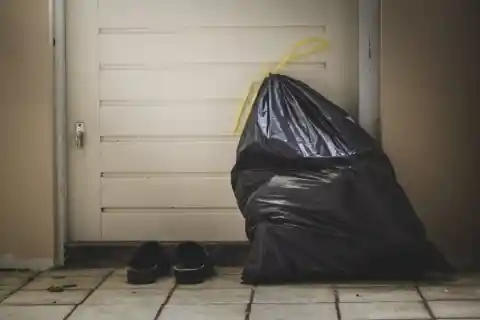
Silica Beads
Silica gel comprises silicon dioxide and it comes in powder form instead of being a real gel. This is an effective home remedy for bed bugs as it plays the role of a drying agent by sucking their body moisture. Studies have proved that silica gel kills up to 97.5% of adult bed bugs in less than 24 hours.
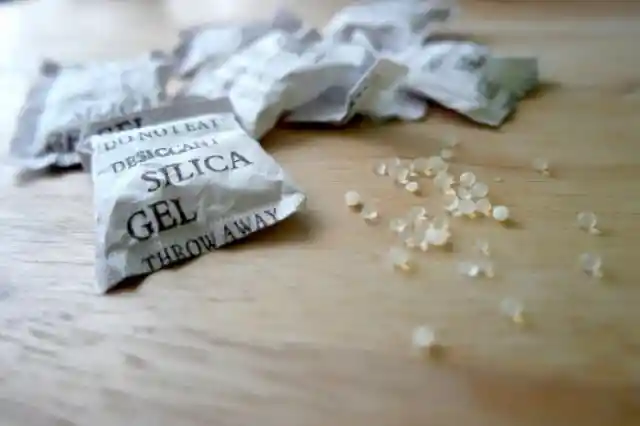
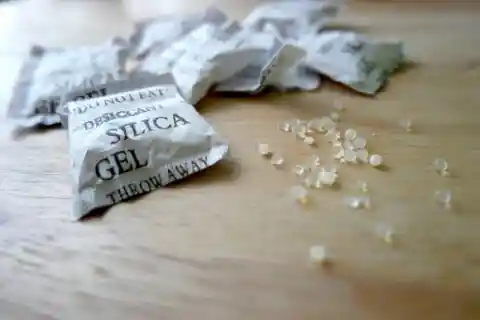
Black Walnut Tea
Black walnut tea is also a natural remedy to eliminate bed bugs. This remedy is super easy and involves placing some tea bags in the areas where bugs reside. Be attentive to replace the old bags with new ones every few days to keep them fresh for repelling the pests. This method won’t be good enough to deal with widespread infestations, but it should be helpful for the smaller areas. Another method to trap those bugs is with the use of kidney bean leaves. These leaves possess little plant hairs - trichomes – that act as a trap for the bugs when they walk over them. This technique is the most effective when leaves are spread around and below the bed.

